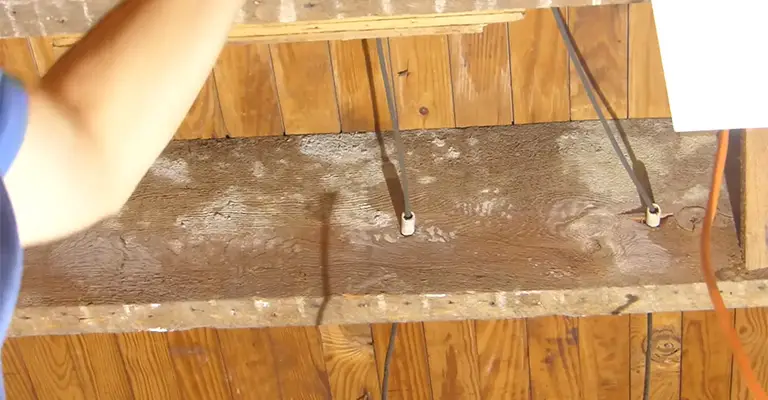It is still common for some jurisdictions to use knob-and-tube wiring in homes dating back to the 1920s and the 1970s.
The knob-and-tube method of electrical wiring is old. There can be dangers associated with exposed wires in your home if you have them.
Live wires can be exposed over time as the rubber coating gets brittle from the heat from the wires. In addition, it is challenging to assess the condition of knob-and-tube wiring in attics and wall cavities because it is often hidden.
Experiencing live wires around insulation can result in a fire hazard. Further, since there is no ground wire in the system, there is no way to protect the system when a fault occurs – increasing the risk of fire or shock.
How To Tell If Knob And Tube Wire Is Live Or Not?
A knob-and-tube wiring system is one you may see in an older house if you live in an older model.
The wiring of this type is commonly found in older homes, especially those built in the 1900s until the early 1950s. Even though this type of wiring is not used in new houses, it is still used in some older models.
Undoubtedly, older wiring can become quite dangerous and prone to fire accidents. In the event of active knob-and-tube wiring, insulation contractors will not insulate the space to prevent fires.
An electrician must verify that the knob-and-tube wiring is not active if you have knob-and-tube wiring. Having it replaced is the only way to insulate your home safely if it is functional.
It is not uncommon for electricians to leave behind old, deactivated wiring when rewiring a home. Therefore, an electrician should be consulted if you think you have knob-and-tube wiring but are unsure about its condition.
How To Tell If Knob And Tube Wiring Is Live?
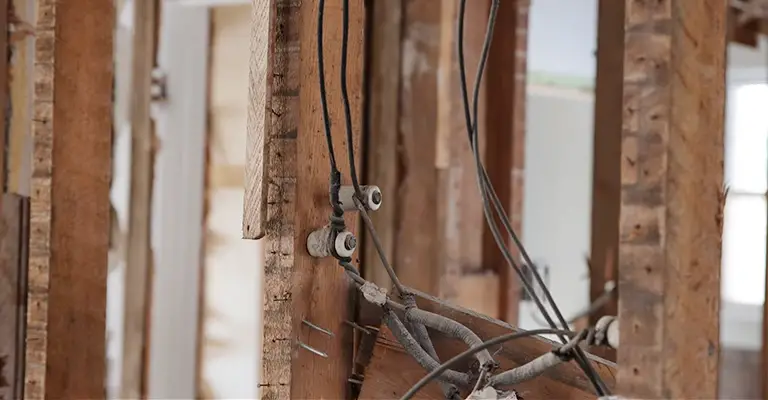
In your home, knob and tube wiring portions may haven’t been used for quite some time. This does not mean that the wire isn’t live.
You should also be aware that these types of wiring consist only of two strands of wire: the hot and the neutral. A ground wire doesn’t exist.
Consequently, you may be at risk if you hold the wire without knowing whether it is life. Therefore, older electric wires should be tested and inspected before anything else is done.
Make sure your wall fixture wires still conduct electricity before installing electrical wiring in your home. The following two methods can help you determine if the knob and tube wire are live:
1. Hire A Professional
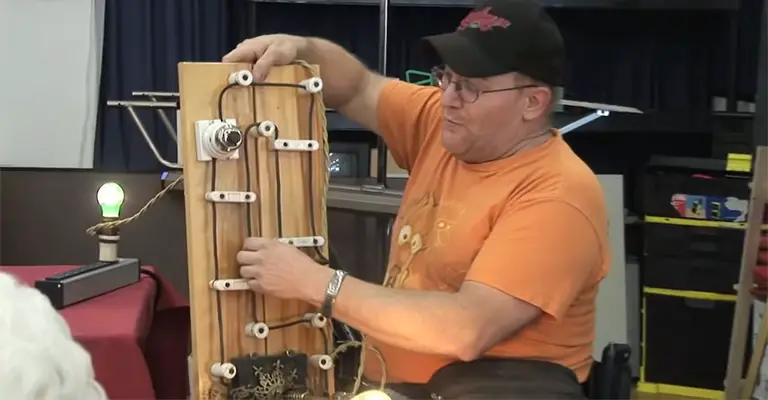
Test and inspect older electric wires by a professional electrician to ensure you do not hold a live wire. You can identify whether it’s life or not by the electrician in this way.
In addition, they can assist you in inspecting other wiring parts. The professional who removed the knobs and tubes can help if electrical services are needed.
The wires can be fixed, removed, or replaced through them to make line connections more reliable, efficient, and safer.
2. Test With A Voltage Stick
With a voltage stick, you can test yourself if you know some technical things about wires and electricity. Test using the alternating current or AC setting of the multimeter after inserting the probes into the knob and tube fixture.
Wires that are over 110 volts are considered live. Otherwise, a zero reading indicates that there is no circuit breaker connection, or it is loose.
Test And Inspect Older Electric Wires Carefully
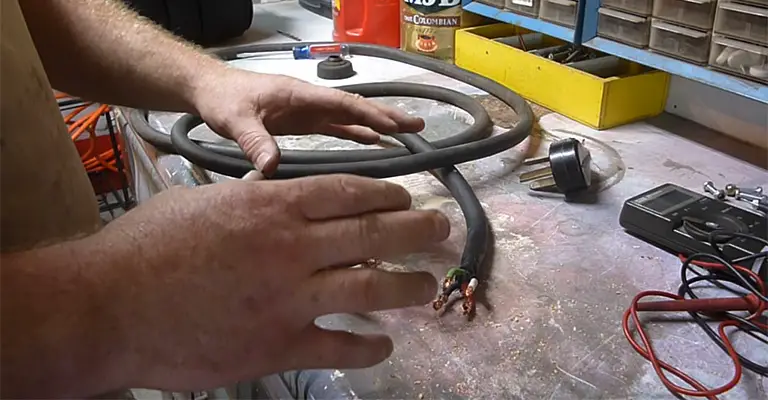
Keeping your electrical wiring safe is imperative for keeping your electricity consumption low. In addition, this prevents accidents caused by faulty wiring, which is even more important.
It is important to determine whether your old knob and tube connection are live before holding any wiring.
Differences Between Modern Wiring And The Old Knob And Tube
There is no ground wire in modern wiring, which is one of the main differences between the knob and tube wiring. Consequently, electrical items with three-pronged plugs cannot be plugged into this type of wiring.
It is also more likely to cause shocks and fires. In more modern wiring, the black and white wires are separate.
It’s easy to see that the black, white, and ground wires are all encased in one cable. There is also a difference in the insulation of the wires. Rubber insulates knob-and-tube wiring, while plastic insulates modern wiring.
It is often necessary to replace knob-and-tube wiring due to the breakdown of the insulation over time. Overheating or mechanical abuse frequently causes this problem.
What Can Go Wrong With Knob And Tube Wiring?
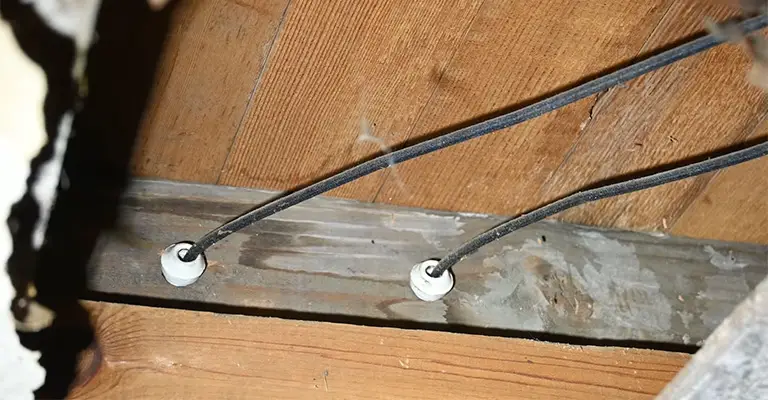
Overheating and any of these problems can cause short circuits. To avoid these problems, replacing your house’s wiring may be necessary. Don’t hesitate to have an electrical inspection done if you are in doubt.
Damage:
Wear and tear, handyman repairs, and other types of damage can lead to severe problems when this type of wiring is damaged. In addition, live wires are exposed due to cracking porcelain knobs and tubes and fraying and hanging wires over time.
Alterations:
Regarding K&T wiring, most problems occur when incorrect modifications are made to the existing wiring. Unfortunately, due to the age of the system, it is not always possible to get proper replacement parts.
Some of the makeshift fixes done by handymen could be dangerous because of this. The basement provides easy access to knob and tube wiring.
Perhaps that is why home handymen, not certified electricians, often splice this wiring with modern wiring in an unsafe manner.
Insulation Over The Wiring:
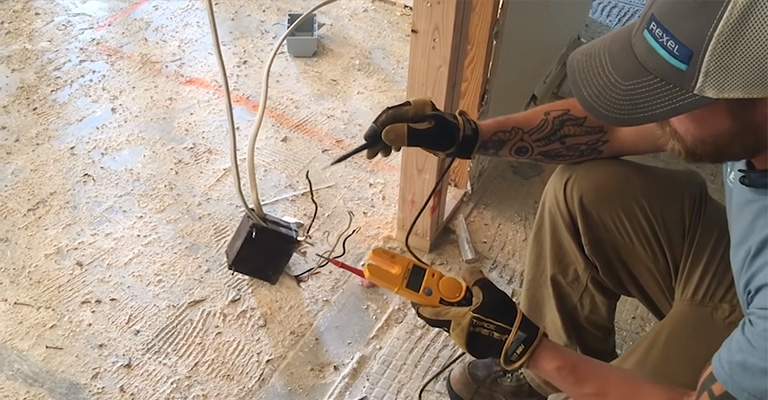
It is a matter of time before a fire breaks out under knob and tube wiring if household insulation is installed over them. Insulation is applied to the wiring in the form of rubber/cloth.
An electrical current passing through it generates a lot of heat, which needs to be dissipated. Therefore, a dangerous situation can arise without room because it has been covered in insulation.
Next Steps
It is important to upgrade your electrical system if you have found evidence of knob-and-tube wiring. To determine whether it is active, you need to contact an electrician.
Ask the electrician for a quote to replace the wiring if they determine that it is active. But, again, whether these estimates are free depends on the contractor.
We recommend getting multiple bids to find a good price and an electrician you can trust.
Additional improvements can be made at this time. If you think there will be other upgrades, such as extra switches and outlets, discuss them with them.
Schedule the work with the contractor after you have found him. be aware that you will likely be without power while they replace the wiring, so plan accordingly.
Keep the invoice stating what work was done to verify the wiring has been replaced by an insulation contractor or insurance agent. Consider discussing electrical costs with your loan manager if you plan to finance insulation work.
How Much Will It Cost To Replace?
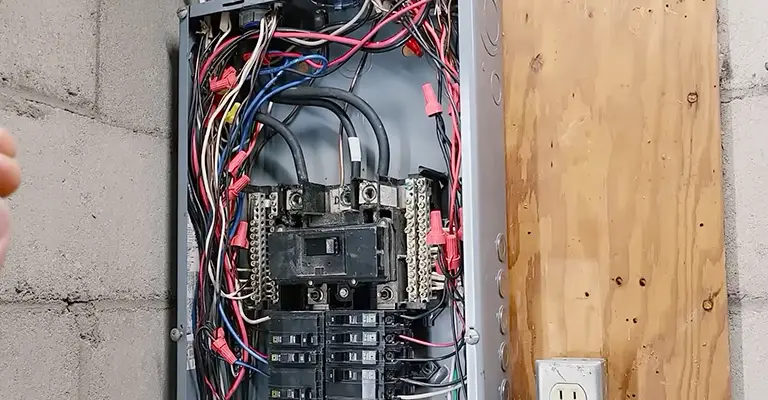
The number of factors determines how much it costs to replace knob-and-tube wiring. Among them are:
- In terms of house size,
- A wiring system that is accessible,
- Additions to the outlets
- Adding switches will be necessary.
- It is also necessary to upgrade the electrical service panel. As a result, costs can vary greatly based on these factors.
Final Words
Wiring with knobs and tubes should never be run through insulation, especially blown-in insulation, as it requires a lot of space to remain cool. In addition, it can cause serious problems to the wire when any insulation surrounds it.
Wiring like this is called “Open Wiring” because it emphasizes the importance of maintaining open airspace around the wire to prevent overheating.
Therefore, identifying knob and tube wiring is imperative if you are considering buying an older house.
The house doesn’t need to be in imminent danger of burning down just because it has KT wiring. It might be fine depending on how well the wiring has been maintained and if it hasn’t been used as a clothesline in the basement.
Consider the options and costs associated with your specific situation (or the one you’ll be entering). Keep safety at the top of your mind at all times.

